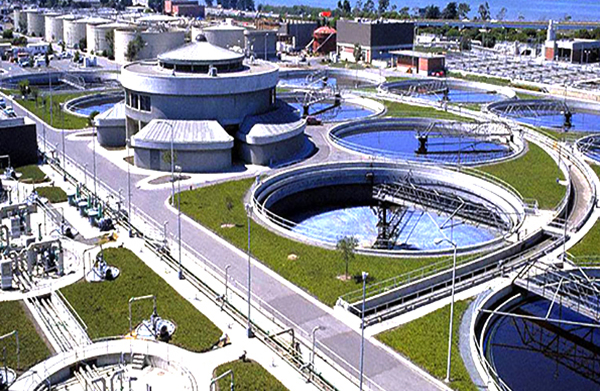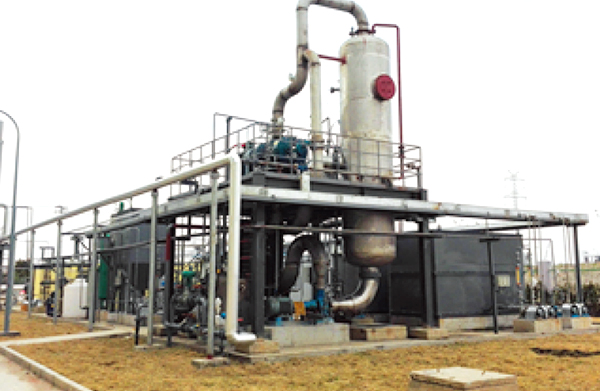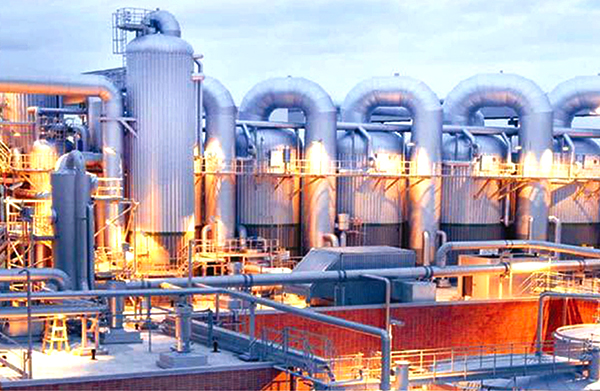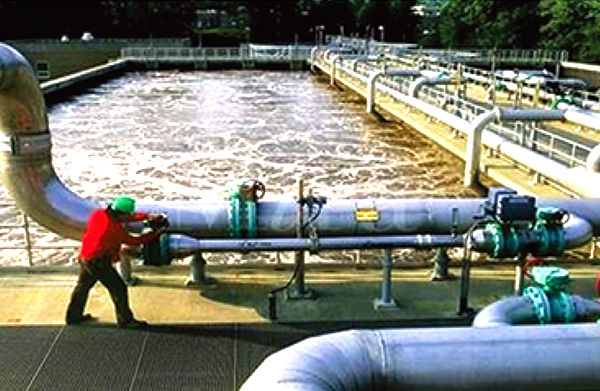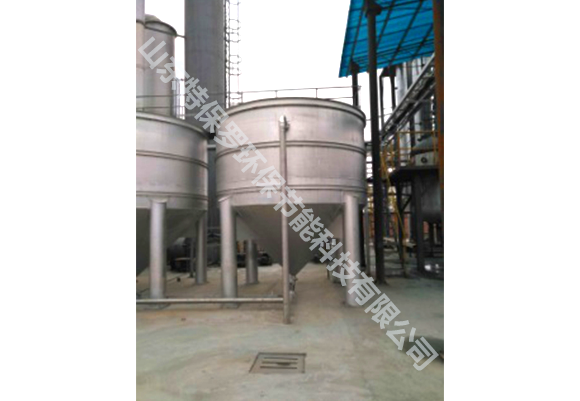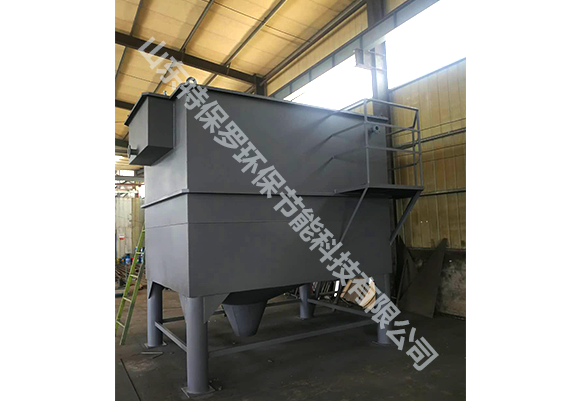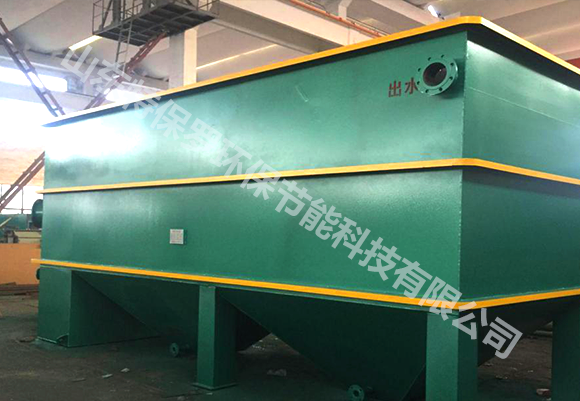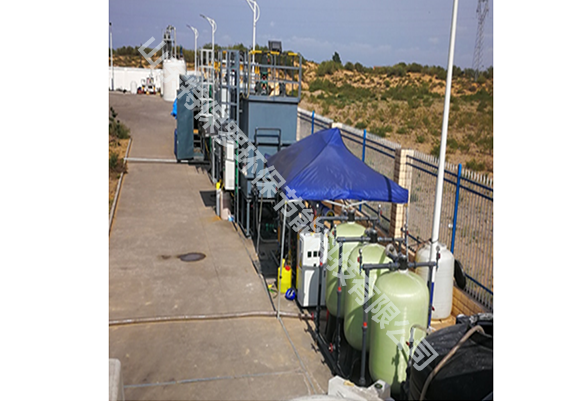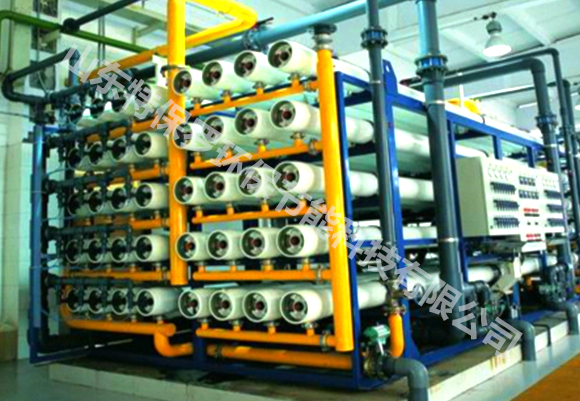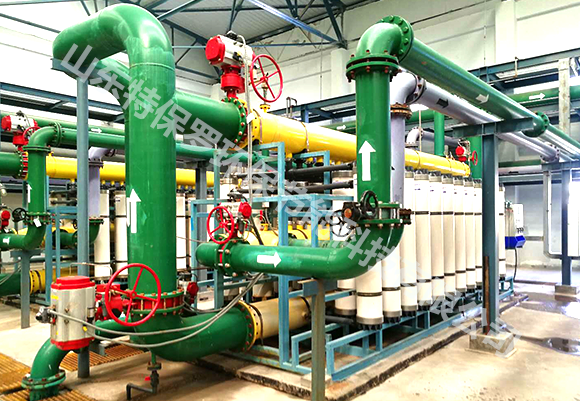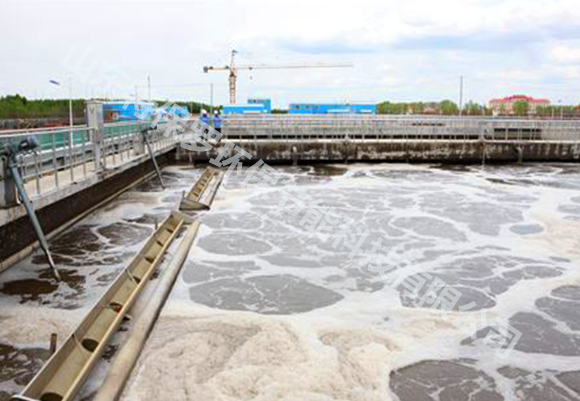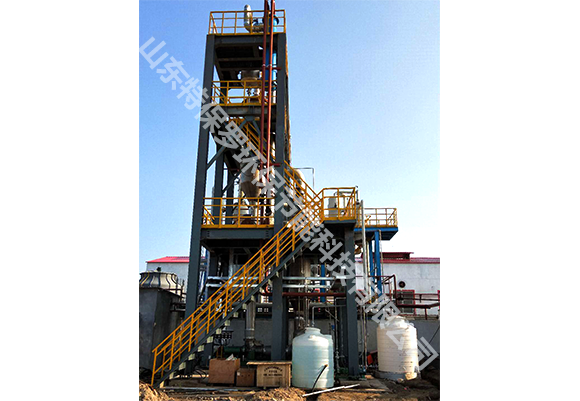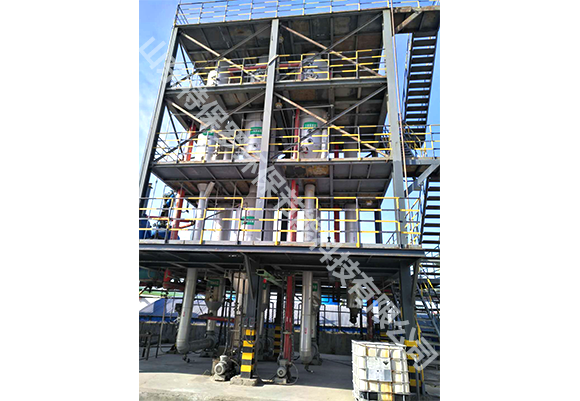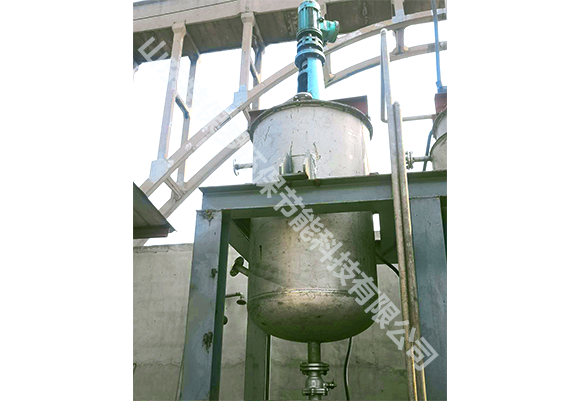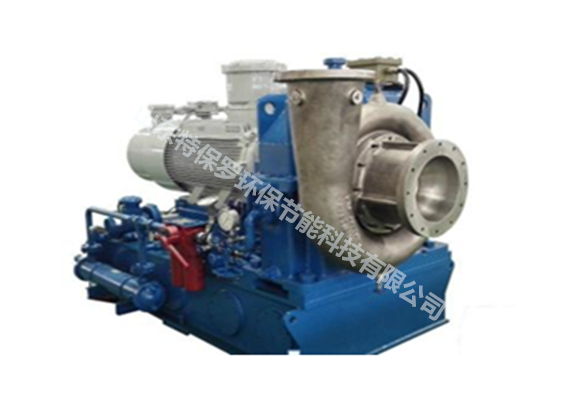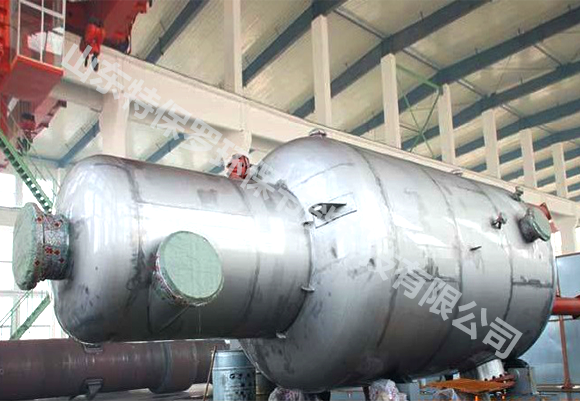Treatment of sodium sulfate wastewater from a certain H acid enterprise in Binzhou

Sodium sulfate MVR Evaporation Crystallization Project
The organic matter of high salinity organic wastewater varies greatly according to the production process, and the types and chemical properties of the organic matter are quite different.The salt substances are mostly Cl-, SO42-, Na+, Ca2+ ,etc. If it is directly discharged, it has a great impact on the environment; and it is difficult to handle in the biochemical treatment process. These ions are essential nutrients for microbial growth, which can promote enzyme reaction and maintain membrane balance and regulate osmotic pressure.However,if these ion concentrations are too high, it will inhibit and toxic the microorganisms. High salt concentration, high osmotic pressure will cause dehydration of microbial cells and protoplast separation; salting out reduces dehydrogenase activity; high chloride ion has toxic effect on bacteria; High salt concentration and increased density of wastewater will let the the active mud to float and drain, which seriously affects the purification effect of the biological treatment system.
For high salt water, it mainly comes from the following aspects:
1. High-salt wastewater from chemical production processes;
2. From chemical wastewater treatment;
3. High-salt wastewater from freshwater recycling process.
For Sodium sulfate high salt water, the solubility of the material is low, and the boiling point is lower in the case of saturated solubility.The boiling point under atmospheric pressure is low, which is suitable for MVR evaporation. The physical properties of the data are as follows:
Sodium sulfate solubility
|
Item |
Maximum dissolved mass / g in 100g water at the following temperatures |
|||||||||||
|
0 |
10 |
20 |
25 |
30 |
40 |
50 |
60 |
70 |
80 |
90 |
100 |
|
|
Sodium sulfate |
4.5 |
9.6 |
10.2 |
27.9 |
40.8 |
48.4 |
46.7 |
45.3 |
44.1 |
43.7 |
43.9 |
42.3 |
Sodium sulfate boiling point
|
Item |
Boiling point / ℃ of the solution at the following concentrations (g / 100g water) |
||||||
|
10 |
25 |
40.7 |
50 |
75 |
100 |
222 |
|
|
Sodium sulfate |
100.6 |
101.6 |
|
|
|
|
|
Project
|
No |
Item |
Introduction |
|
1 |
Name |
Treatment of sodium sulfate wastewater from a certain H acid enterprise in Binzhou |
|
2 |
Address |
Shandong Bingzhou |
|
3 |
Treatment of wastewater industry |
H acid production process wastewater |
|
4 |
Capacity |
15t/h sodium sulfate MVR evaporation treatment |
|
5 |
Process Technology |
aw water-extraction-MVR evaporation concentration-crystallization system |
|
6 |
Process introduction |
The is a project utilizing evaporation and crystallization treatment for H acid wastewater. The domestic H acid production process take refined naphthalene as the raw material and the production processes include sulfination, nitrification, neutralization, reduction, alkali fusion and acid precipitation. In the acid precipitation step, sulfuric acid or hydrochloric acid is added to precipitate the monosodium salt of H acid, and the waste mother liquor obtained after filtration is H acid production wastewater with high-concentration, high acidity, high salinity and high chroma.The CODCr is as high as 20,000 to 50,000 mg/l. The pH value is 1-2.The main organic components are H acid, T acid and other naphthalene organic substances, and the concentration of sodium sulfate in the wastewater is close to saturation. This high-salt organic wastewater, if discharged without treatment, will not only seriously harms the environment, but also causes waste of resources. At present, methods for treating such dye intermediate wastewater include resin adsorption, carbonization and incineration, membrane separation, chemical oxidation, and extraction. The resin adsorption method has a poor efficiency on the treatment of higher concentration industrial wastewater.The carbonization and incineration method is suitable for wastewater with a particularly high concentration.But the investment is expensive, and the fuel quality and combustion operating conditions are required to be high. The membrane separation method is simple to operate, but the effect is ideal, the membrane hole is easy to block, the service life is short, and the technology is not mature enough,.The chemical oxidation method consumes a large amount of oxidant, and the treatment cost is high.The extraction method is more suitable for treating wastewater with high toxicity, high concentration and difficult biodegradation.To select suitable extractant can get a good treatment effect. Therefore, for the treatment of high-concentration and high-acidity wastewater, the combination of extraction and chemical treatment can achieve better treatment effects. After the extraction, the solution enters the evaporation crystallization device.The boiling point of the evaporated material is about 95 ° C, and the effect is ideal. |



